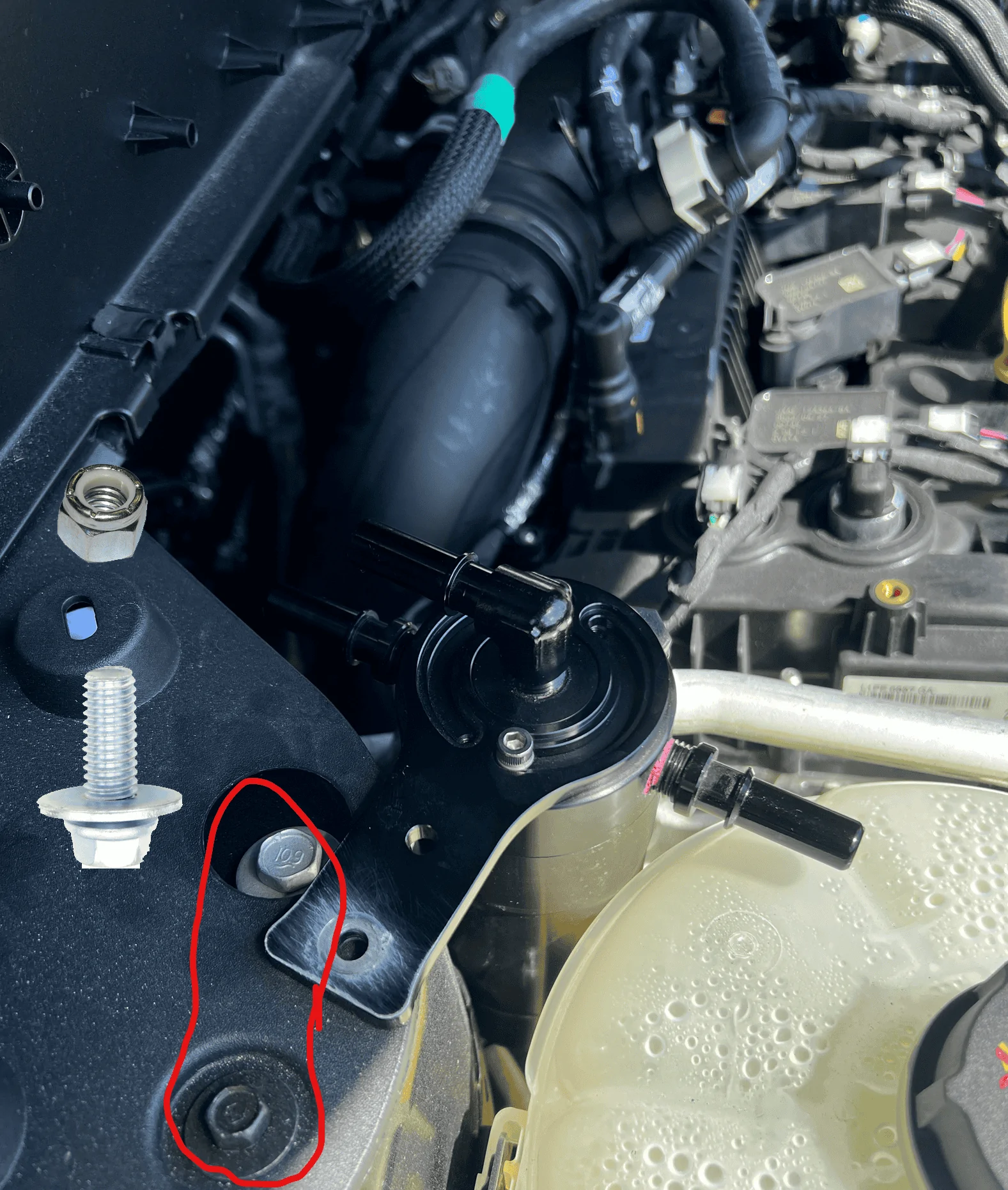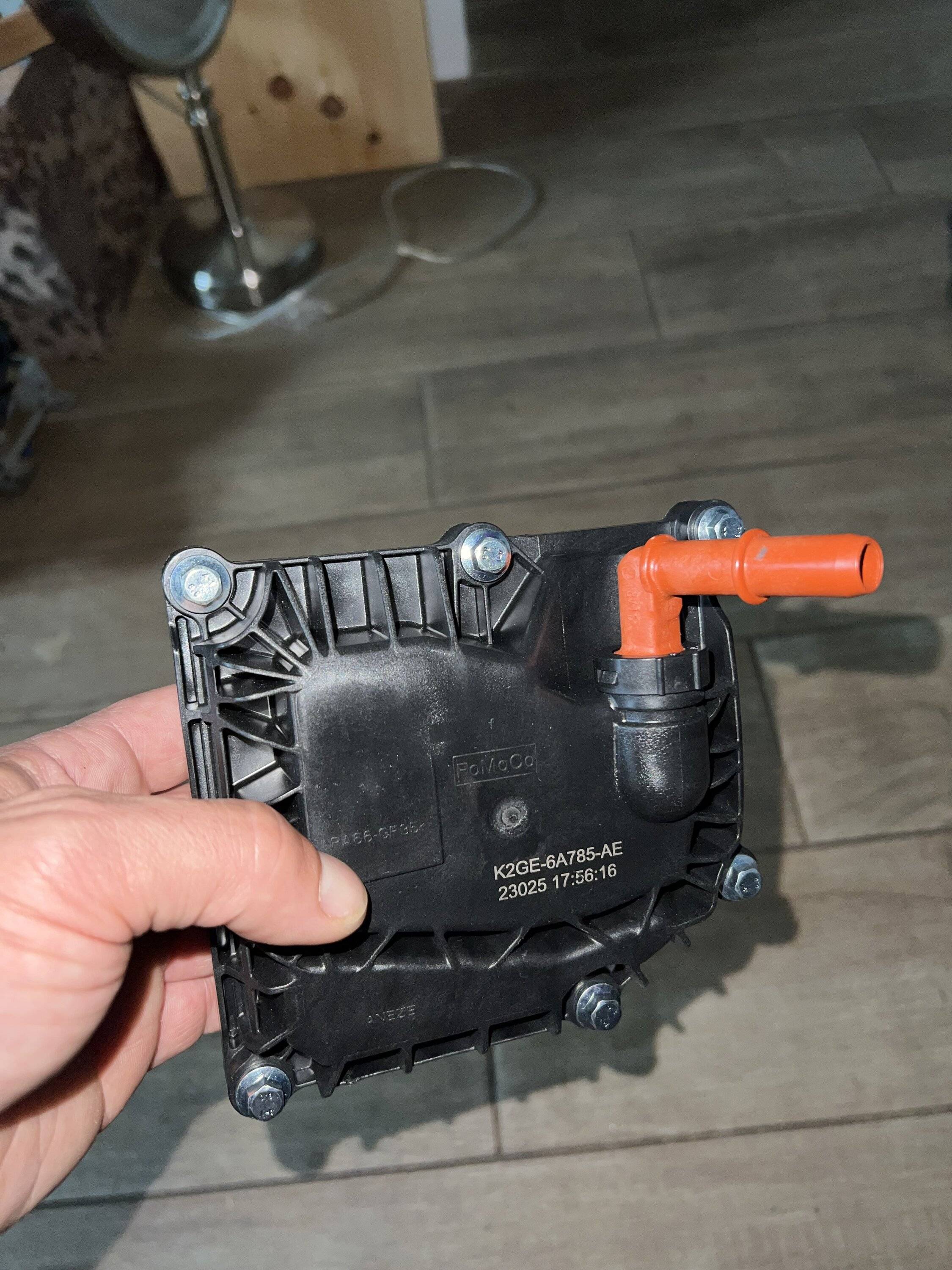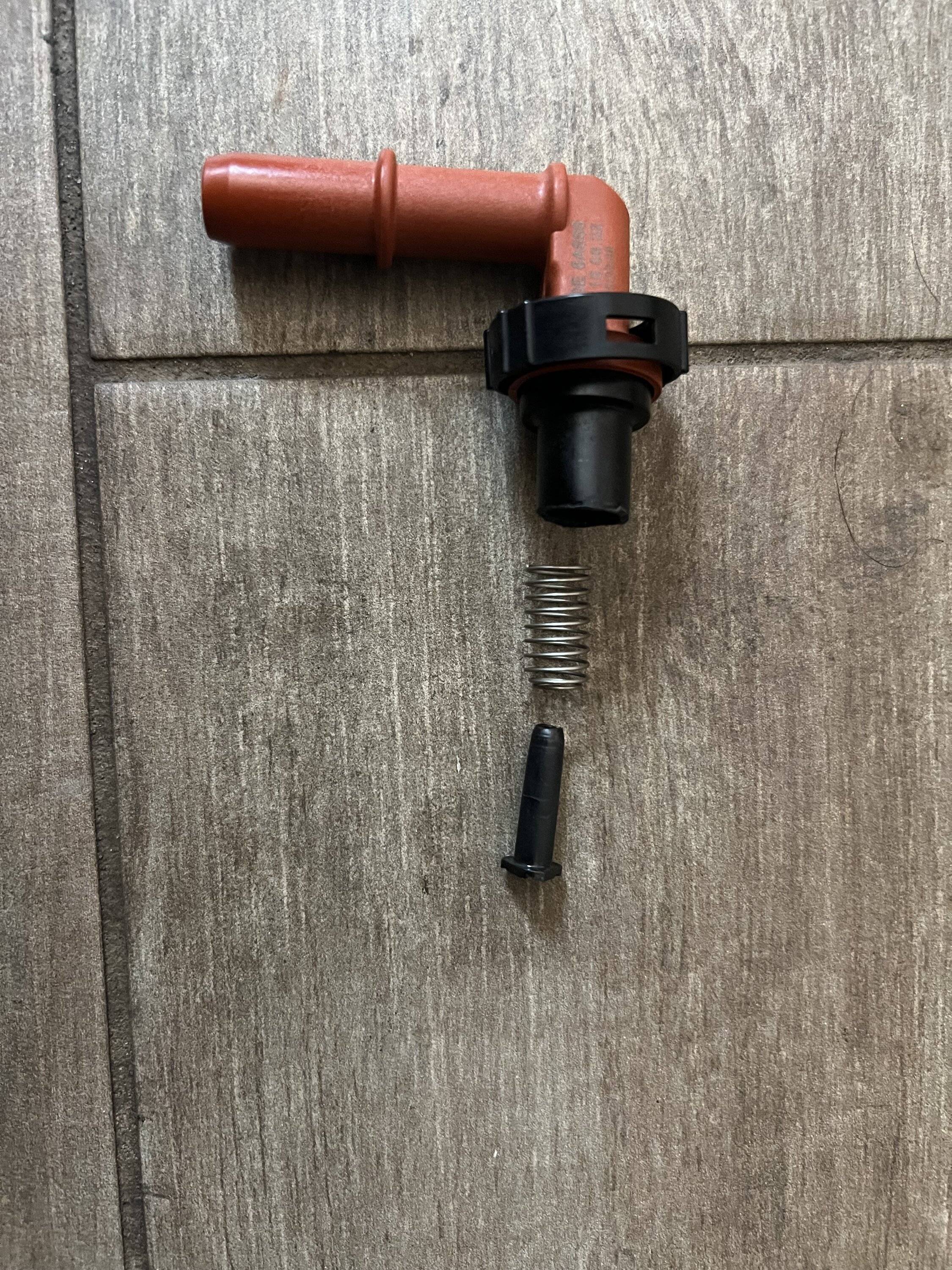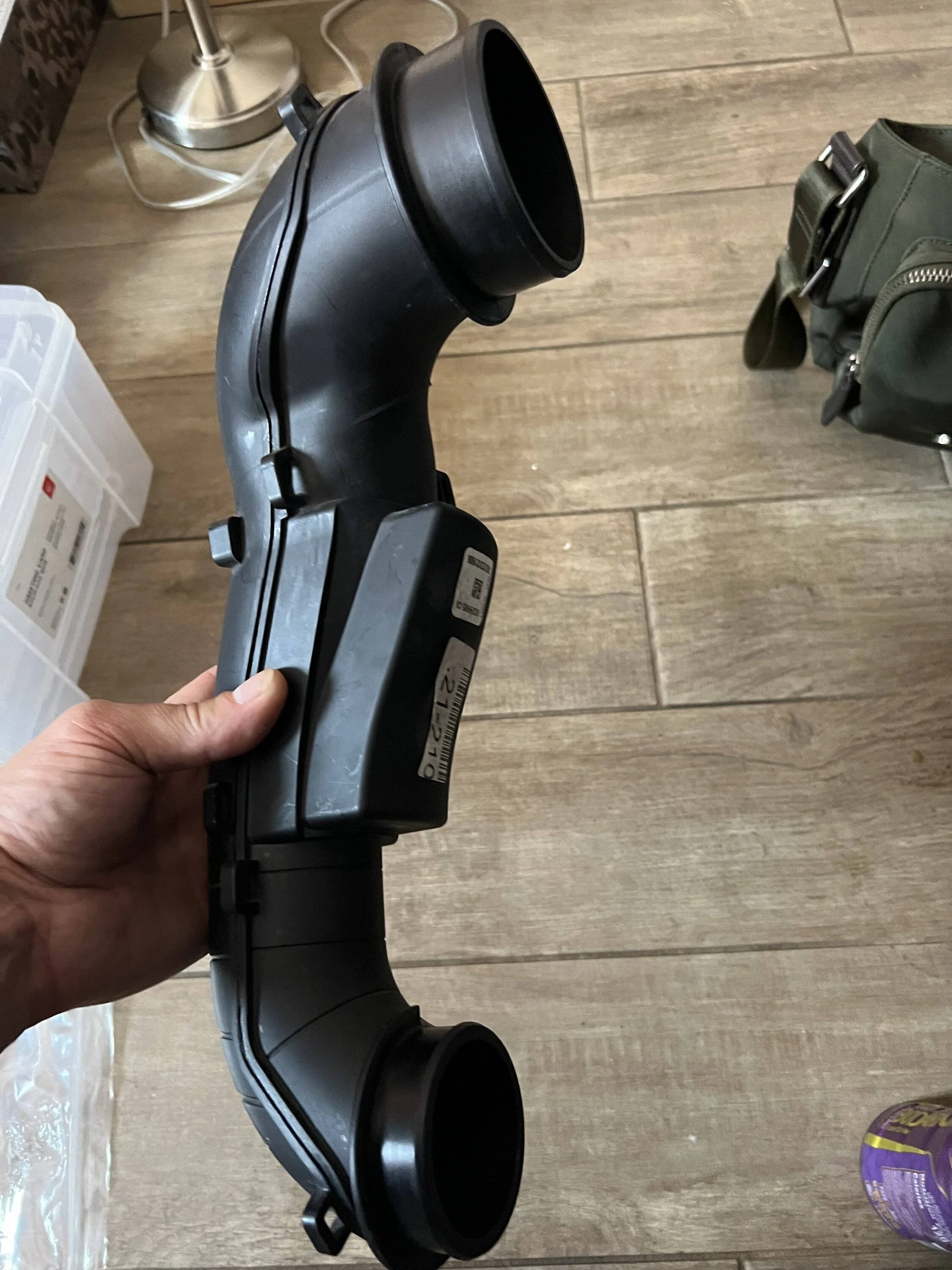What about using that vestigial mount on the strut tower cover? I always thought a lighting relay or extinguisher mount or something else belonged on it.


Sponsored

I feel the plastic won’t really secure the weight of the can, especially if I’m off-roading. Seems like the can would be knocking around a bit in that scenario.What about using that vestigial mount on the strut tower cover? I always thought a lighting relay or extinguisher mount or something else belonged on it.






how long have you been running a catchcan with an extra valve in front of the catchcan, in line? I can just about guarantee you that your idle vacuum is not as good as it should be. A weakened idle vacuum won’t reveal itself as a problem right away. It does so WAY down the line, if your vacuum idle isn’t doing what it’s supposed to be doing.I've never had a problem with it. You know if you want to make yours perfect you probably should do it. Totally cool. I just thought I'd add in my own experience only. I haven't had a problem with them having the PCV as well as the catch can and I just put another check valve in front of the catch can so it doesn't pressurize the catch can.
Are you even reading along in this thread?So I would definitely recommend a catch can but I know that's not what you want to talk about here.
Please don't take this the wrong way, because I appreciate the engagement, but its very hard to follow your posts.I was trying to think about it in the abstract and the vacuum is coming from the pistons up and down and just cuz we're adding another line to the manifold. I don't think that should really affect the total vacuum of the engine.
